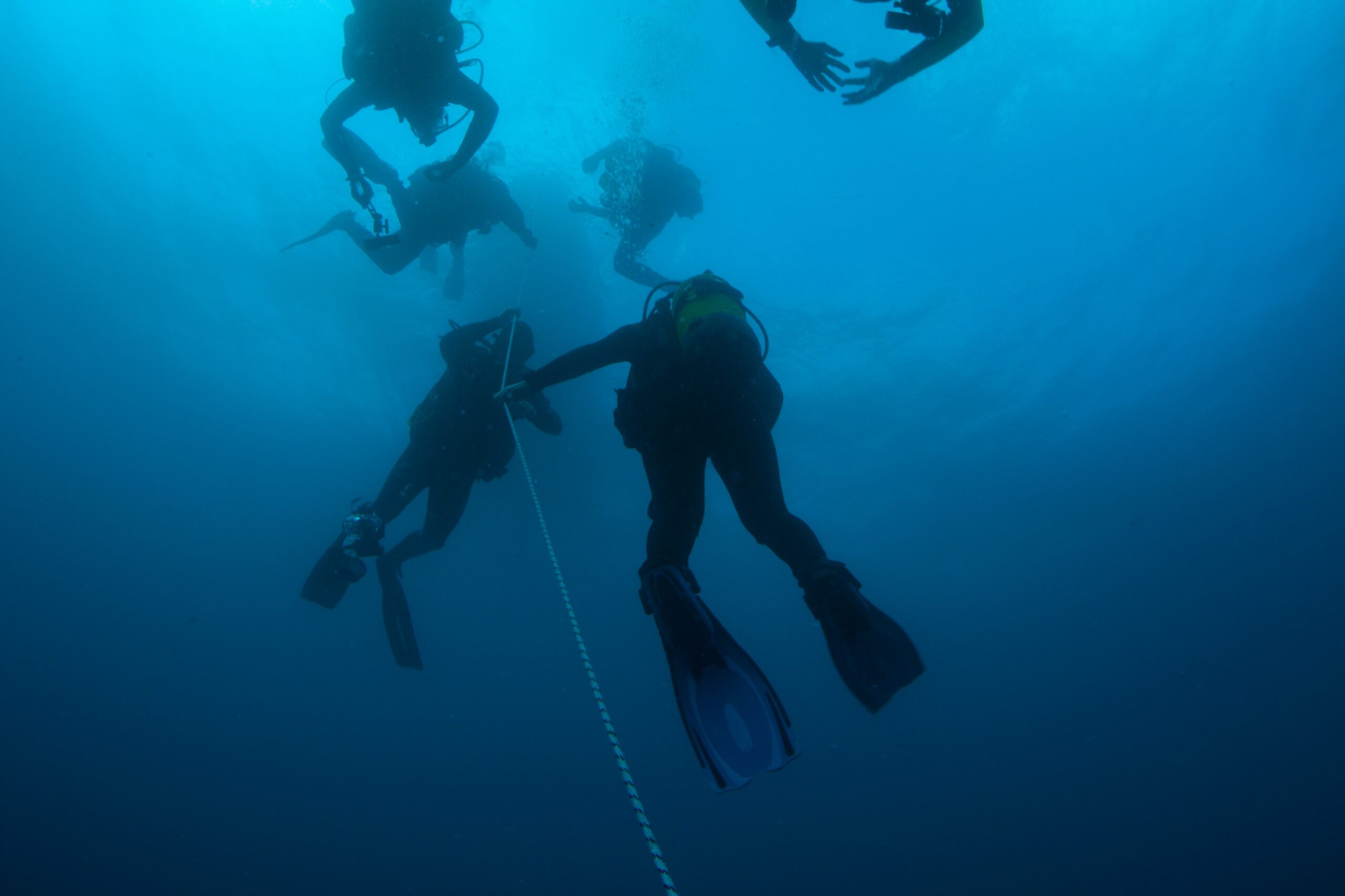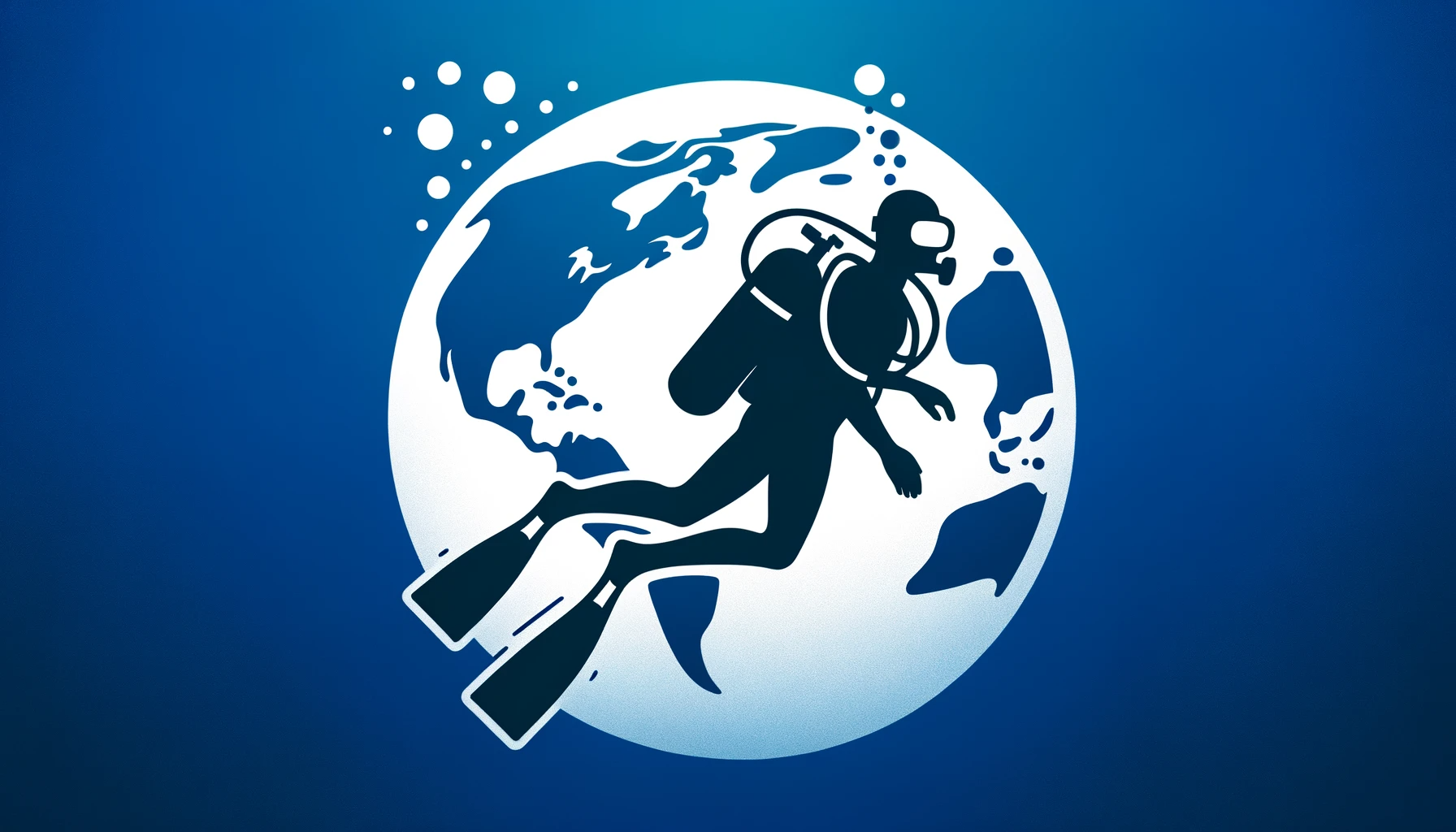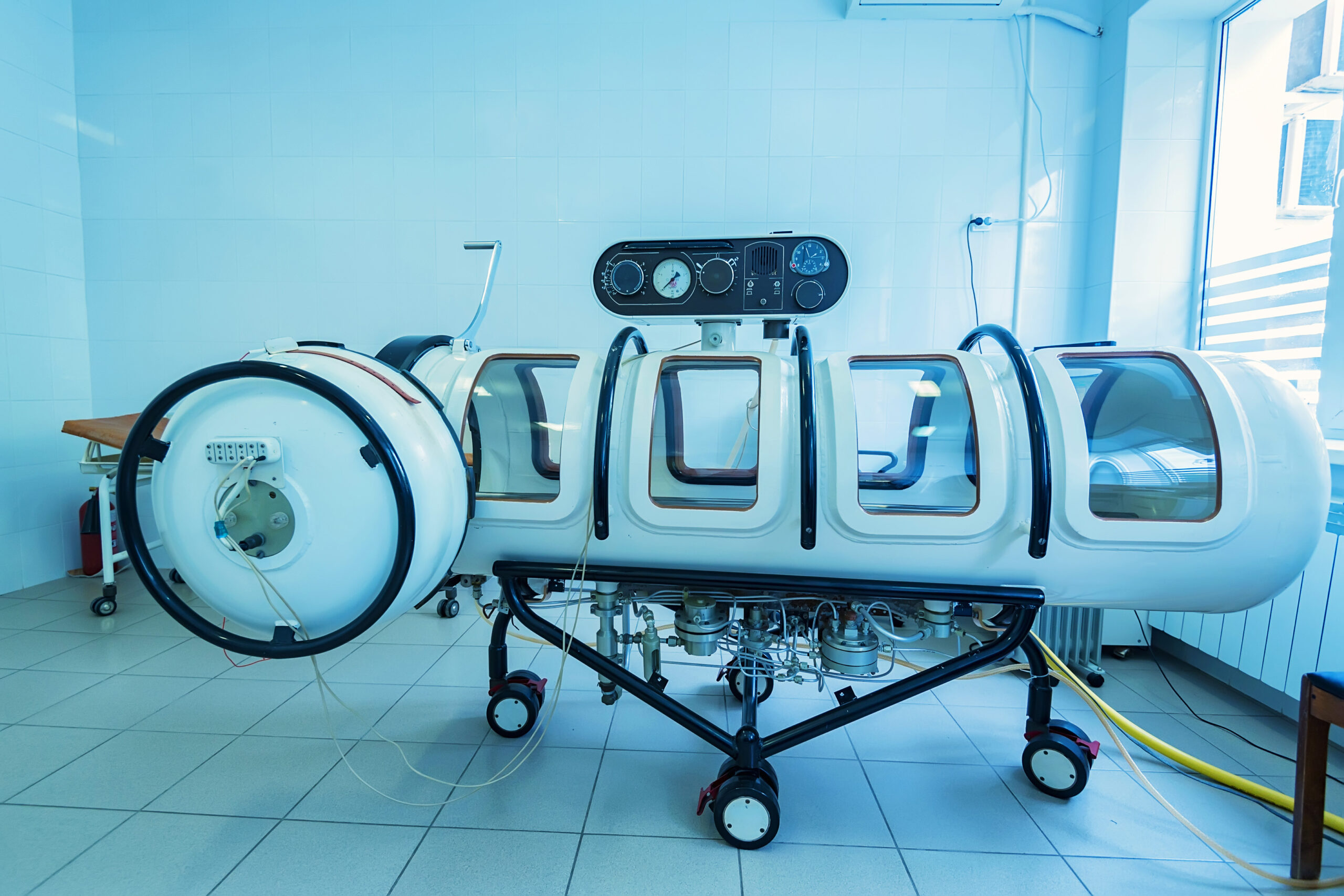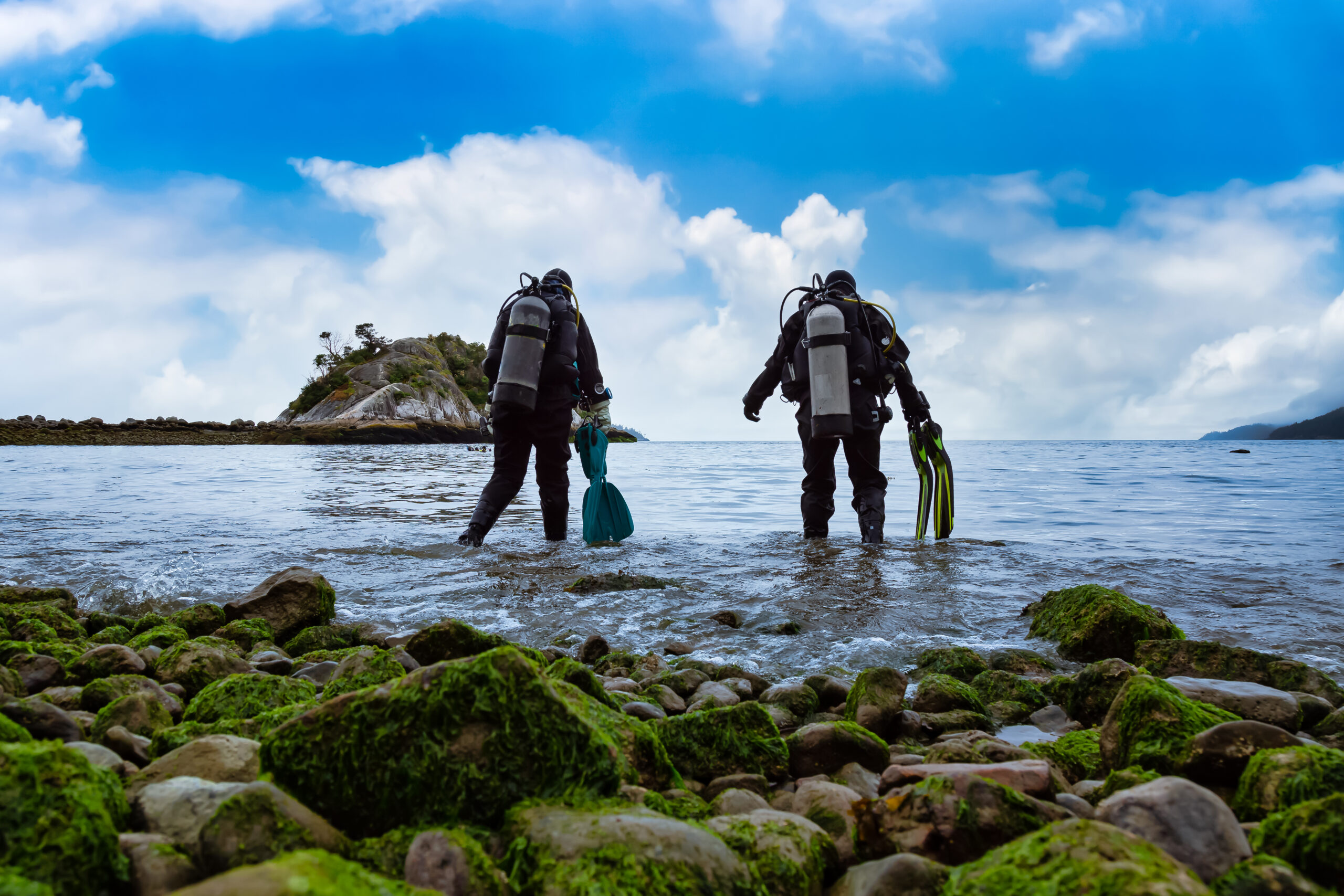Imagine this scenario: you’ve finally arrived at one of the world’s most exquisite diving locations, eager to explore the colorful, vibrant depths below. As you unpack, your heart sinks when you realize that you’ve left a crucial piece of equipment behind. Scuba diving offers an unmatched adventure, plunging into an alien world filled with wondrous marine life and serene, untouched landscapes. However, this thrilling experience requires not just bravery and enthusiasm but meticulous preparation.
Before you set foot on the boat, dive into this essential list we’ve compiled to ensure your underwater journey is safe and unforgettable. Here, we detail ten indispensable items that should be the first to go into your dive bag. From personal gear that fits you perfectly to gadgets that keep you safe underwater, each item plays a pivotal role in enhancing your diving experience.
1. Dive Certification Card and Logbook
First and foremost, never leave home without your dive certification card and logbook. These are your passport to the underwater world. The certification card proves that you are trained to dive, while the logbook, which records your previous dives, can be required by dive operators to verify your experience. It’s also useful to keep digital copies of these documents in case they are lost or damaged during your travels.
2. Dive Computer
A personal dive computer is essential for monitoring your depth, no decompression limits, dive time, and safety stops, which are crucial for avoiding decompression sickness. Familiarizing yourself with the readings on your own device, rather than relying on rental equipment, adds an extra layer of safety. Before leaving, ensure that your dive computer is fully charged or has fresh batteries, and double-check all settings.
3. Mask, Snorkel, and Fins
Though these can often be rented, using personal items that are well-fitted to your body enhances comfort and reduces the likelihood of encountering problems like leaks or blisters. A good fit in your mask can make or break a dive. To protect these items during travel, invest in a durable gear bag and consider a hard case for the mask.
4. Wetsuit or Drysuit
Choosing the right wetsuit or drysuit is critical for thermal protection underwater. The water temperature at your destination will dictate whether a thinner wetsuit (like a 5mm) or a thicker one is necessary. Personal suits are designed to fit your body snugly, providing better insulation and protection than a rental might offer. Plus, wearing a suit that has already been broken in minimizes the risk of chafing.
5. Regulator with Mouthpiece
Your life underwater depends on reliable breathing equipment. Your own regulator, set up and adjusted to your preferences and breathing style, provides peace of mind and comfort. Before every trip, have your regulator serviced or at least check it thoroughly for any signs of wear and tear. Remember, a familiar mouthpiece will always be more comfortable than a rented one.
6. Dive Light
Even if you plan daytime dives only, a dive light can be a valuable tool. It can reveal the true colors of the coral and marine life that sunlight cannot reach. For night dives, a light is mandatory. Pack extra batteries and make sure the seals on your dive light are intact to avoid water damage.
7. Underwater Camera or GoPro
Capturing the surreal beauty of the underwater world is one of the joys of diving. Whether you opt for a high-end camera setup or a simple action camera like a GoPro, ensure it is equipped with a waterproof case and that all seals are tested. It’s also a good idea to familiarize yourself with the settings while still on land to avoid fumbling during your dive.
8. First Aid and Repair Kits
Always bring a basic first aid kit tailored for diving, which should include items like band-aids, antiseptic wipes, and motion sickness tablets. A small repair kit can also save the day; include extra o-rings, fin straps, and mask straps, as well as a multi-tool specifically designed for dive equipment.
9. Environmental Protection Gear
Protect yourself and the environment by packing sunscreen, lip balm, and lotions that are reef-safe. Exposure to the sun when out on the water can be intense, and protecting your skin is crucial. Additionally, wearing a rash guard not only provides sun protection but also helps prevent scrapes from coral or jellyfish stings.
10. Backup Mask and Fin Straps
Accidents happen, and gear can fail. Having backups for critical items like your mask and fin straps can make a huge difference. These are small, lightweight, and easy to pack, yet they can rescue a dive trip from potential disaster.
Equipment to Rent at Destination
While packing your dive essentials is crucial, understanding what to rent at your destination can significantly ease your travel and enhance your diving experience. Here’s a breakdown of the advantages of renting some equipment and what you should consider renting:
Renting equipment at your destination can not only lighten your luggage but also ensure that you are using gear that’s well-suited to the local environment. Dive centers will offer the latest and most appropriate technology and sizes, which might provide a better experience than your own gear could in unfamiliar waters.
Suggested Rental Items:
- BCD (Buoyancy Control Device): The BCD is an essential piece of equipment that helps divers maintain neutral buoyancy throughout the dive. They can be bulky and heavy to travel with. Renting a BCD can reduce your load and ensure that you have a piece that fits perfectly and works seamlessly with the tanks used at the location.
- Tanks and Weights: Due to their weight and the requirements for air refills, tanks are almost universally rented at dive sites. Similarly, carrying weights through an airport is impractical. Dive shops will provide weights and tanks that are regularly inspected and maintained to local regulations, offering peace of mind.
- Specialized Gear: For dives that require specific equipment like ice diving suits or tech diving gear, renting at your destination is often more feasible. This gear is tailored for particular conditions and renting locally ensures that you get the best-suited equipment for specific dive types.
To ensure the best rental experience, always check the condition of the gear before diving. Look for signs of wear or damage and test the gear in a controlled environment, if possible, before taking it out to sea. Ask local divers or read reviews to choose a reputable rental provider that maintains their equipment well.
As you finalize your packing and plan for your rentals, there are a few more items that you should remember to include in your checklist to ensure a smooth and enjoyable dive trip:
As you pack your bags and check off your list, remember that preparation is key to a successful and stress-free diving adventure. Equipped with the right gear, both personal and rented, you’re nearly ready to immerse yourself in the incredible world beneath the waves.
With your essentials in order, backups packed, and rentals planned, you’re all set to dive into your next underwater exploration. Embrace the beauty and mystery of the ocean with confidence and curiosity. Remember, the best dive is not only about the adventure and the sights—it’s about diving safely and responsibly, respecting the marine environment, and returning with memories that last a lifetime. Dive in, explore, and above all, enjoy every moment of your incredible underwater journey.




